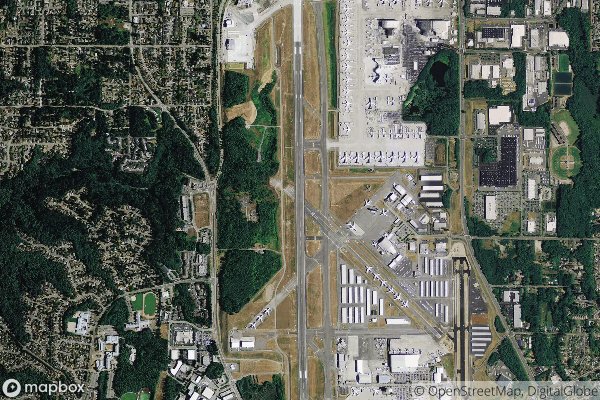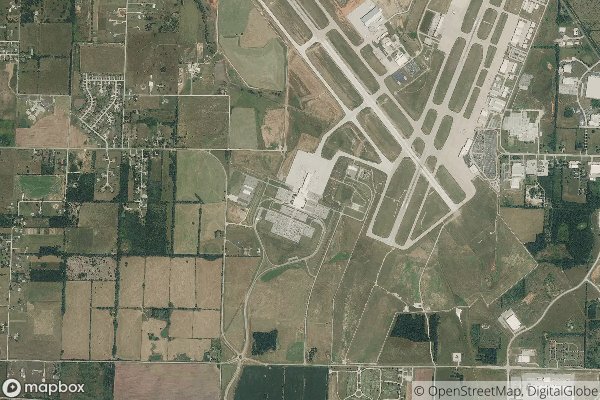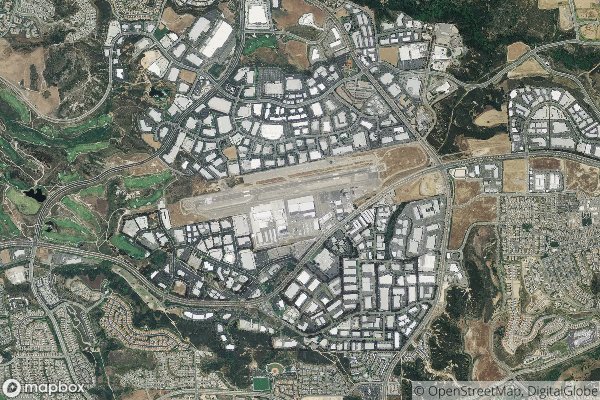| Code | BFD/KBFD |
| Name | Bradford Regional Airport |
| Location | Bradford, Pennsylvania |
| Major Airlines | United Express |
- See here the complete List Of All Airports In United States with Codes.
Understanding BFD/KBFD Airport Code (Structure of Airport Codes, Challenges and Confusions)
The BFD/KBFD airport code is used to identify the Bradford Regional Airport in Bradford, Pennsylvania. Airport codes are vital in the aviation industry as they provide a concise way to reference airports around the world. However, the structure of airport codes, including BFD/KBFD, can be confusing to those who are not familiar with them.
Decoding Airport Code
Decoding airport codes like BFD/KBFD involves understanding the underlying structure that determines how they are assigned. The International Air Transport Association (IATA) assigns three-letter airport codes, like BFD, while the International Civil Aviation Organization (ICAO) assigns four-letter codes, such as KBFD. These codes are usually based on the name of the airport, nearby cities, or other relevant geographic or organizational identifiers.
Operational Significance
The BFD/KBFD airport code plays a crucial role in aviation operations. Pilots, air traffic controllers, airline staff, and passengers all rely on these codes to ensure smooth and efficient travel. For pilots and air traffic controllers, airport codes are used for communication, navigation, and flight planning. Airlines use these codes for ticketing, baggage handling, and scheduling. Passengers use them for booking flights, tracking arrivals and departures, and navigating airports.
The use of airport codes provides a standardized and universal way to refer to airports, simplifying communication and operations across the aviation industry.
History of Airport Codes
The history of airport codes dates back to the early days of commercial aviation. As air travel became more widespread and airports multiplied, the need for a standardized system for identifying airports became apparent. The original two-letter airport codes were developed by the National Weather Service in the United States in the 1930s. These were later expanded to three-letter codes by the IATA, and then to four-letter codes by the ICAO to accommodate the growing number of airports worldwide.
Today, airport codes are an essential part of the aviation infrastructure, enabling safe and efficient air travel on a global scale.
In conclusion, the BFD/KBFD airport code is just one example of the thousands of codes that facilitate air travel. Understanding the structure and significance of airport codes, such as BFD/KBFD, is essential for anyone involved in the aviation industry, as well as for travelers who want to navigate the complexities of air travel.





